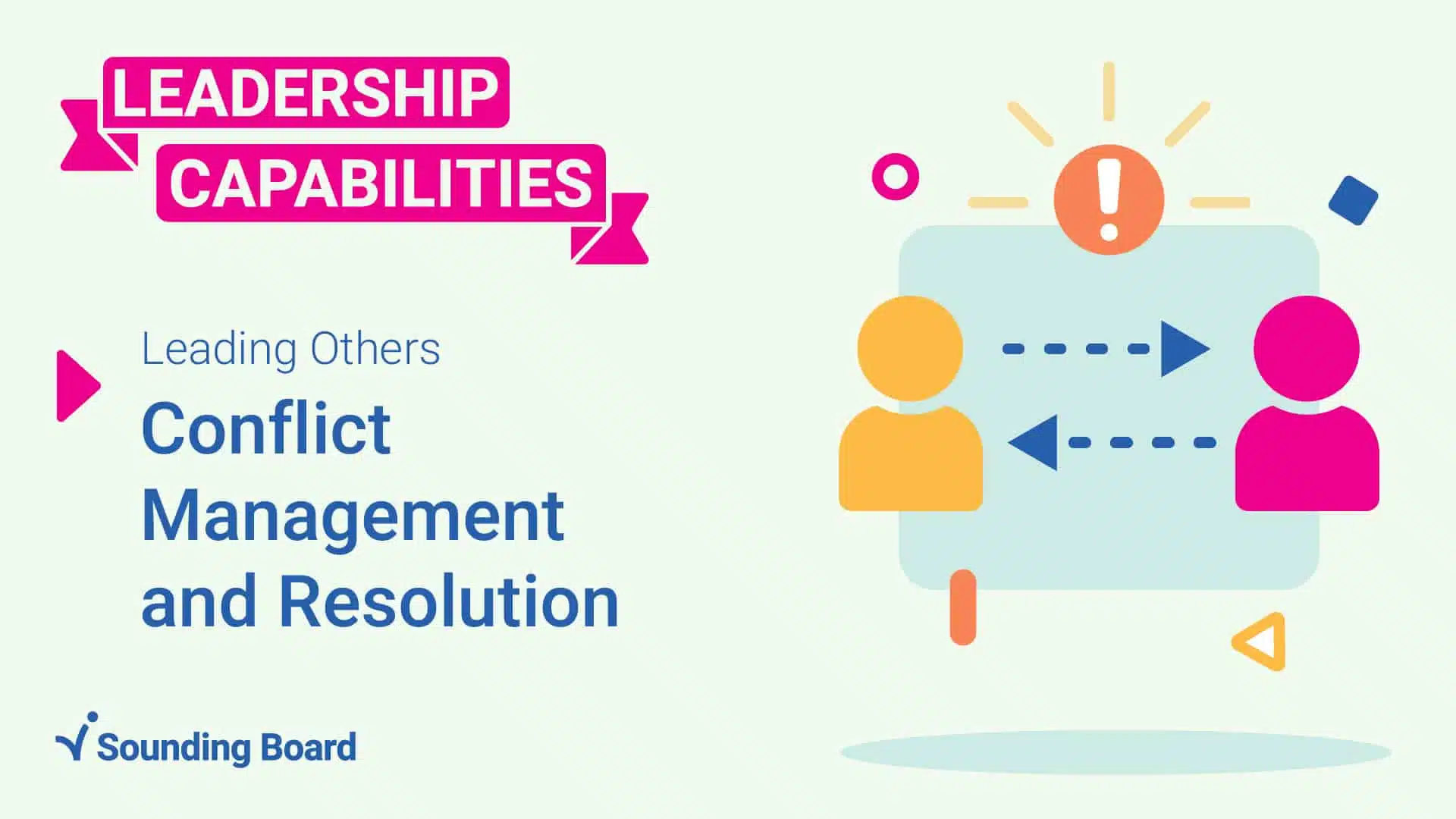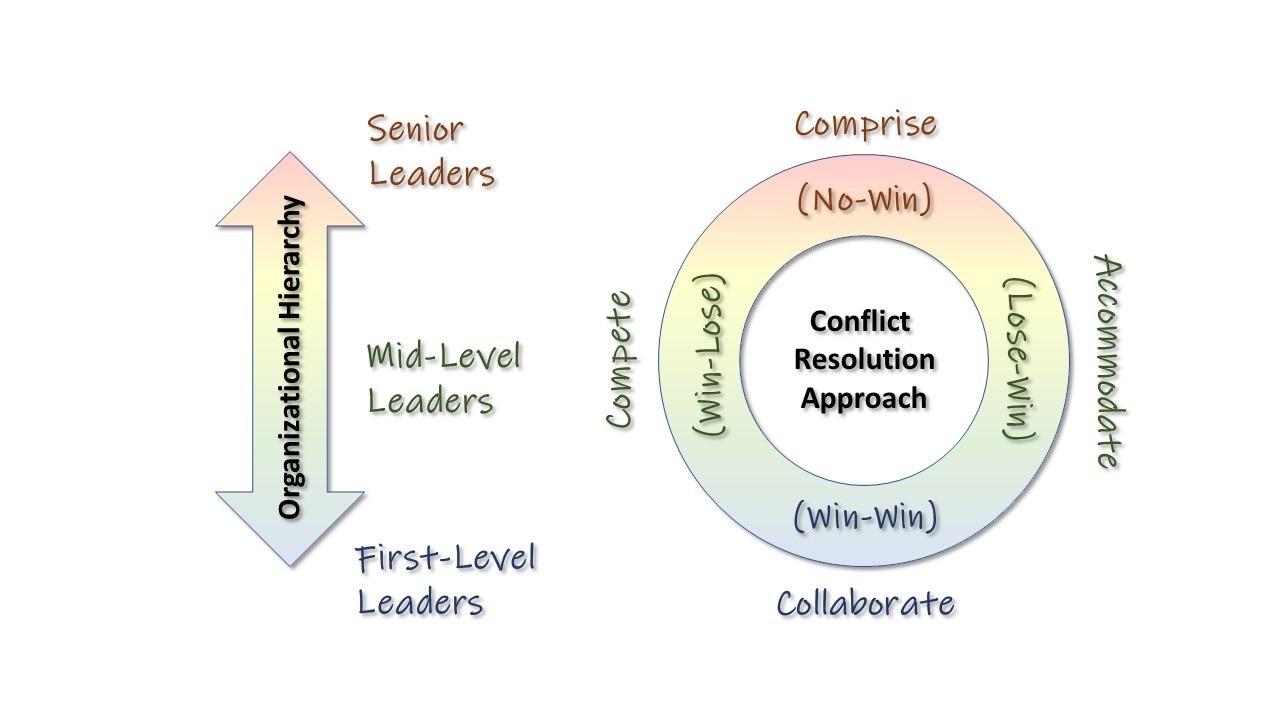Conflict Resolution for Leaders
Conflict is an inevitable part of any organization, especially when diverse individuals with different perspectives and experiences work together. For leaders, effective conflict resolution is not just a necessary skill but a critical component of maintaining team cohesion and productivity. In this article, we will explore the importance of conflict resolution, its types, strategies leaders can use, and how to create a conflict-positive culture.
Understanding Conflict
What is Conflict?
Conflict arises when individuals or groups have opposing interests, needs, values, or goals. While conflict can often be viewed negatively, it can also be a catalyst for change and innovation. It is essential for leaders to recognize that conflict is a natural part of teamwork and can lead to growth when managed properly.
Types of Conflict
Understanding the various types of conflict can help leaders address issues more effectively. Here are some common types:
- Interpersonal Conflict: Occurs between two or more individuals, often due to personality clashes or communication breakdowns.
- Intrapersonal Conflict: Involves an internal struggle within an individual, such as ethical dilemmas or competing priorities.
- Organizational Conflict: Arises from issues related to structure, policies, or resource allocation within the organization.
Causes of Conflict
Several factors can contribute to conflict within a team, including:
- Communication Breakdown: Misunderstandings and lack of clarity can easily lead to conflicts.
- Differing Values: Diverse backgrounds and beliefs can create friction when individuals hold strongly to their viewpoints.
- Competition for Resources: Limited resources can lead to competition, creating conflict among team members.
The Importance of Conflict Resolution
Enhancing Team Cohesion
One of the primary benefits of effective conflict resolution is the enhancement of team cohesion. When leaders address conflicts promptly and effectively, they foster an environment of trust and collaboration. This not only improves relationships among team members but also encourages open communication, allowing for a more united team.
Improving Productivity
Unresolved conflict can significantly hinder productivity. When team members are distracted by interpersonal tensions, their focus on tasks diminishes. By resolving conflicts, leaders can restore focus and ensure that team members are working efficiently towards common goals. A study by the Harvard Business Review highlighted that teams with effective conflict resolution mechanisms are more productive and innovative.
Strategies for Conflict Resolution
Leaders must equip themselves with effective strategies to manage conflicts when they arise. Here are some essential techniques:
Active Listening
Active listening involves fully concentrating, understanding, responding, and remembering what is being said. This technique helps leaders gather essential information and demonstrate to team members that their concerns are valid and important.
- Tips for Active Listening:
- Maintain eye contact and avoid distractions.
- Summarize what you’ve heard to confirm understanding.
- Ask open-ended questions to encourage dialogue.
Empathy and Understanding
Demonstrating empathy is vital in conflict resolution. Leaders should strive to understand the perspectives and emotions of all parties involved. By validating feelings and showing compassion, leaders can diffuse tension and pave the way for productive discussions.
Collaboration and Compromise
Encouraging a collaborative approach to conflict resolution can lead to win-win solutions. Leaders should facilitate discussions that allow all parties to express their views and work together to find a mutually agreeable solution.
Mediation Techniques
In some cases, leaders may need to step in as mediators. Here are steps to mediate effectively:
- Establish Ground Rules: Create a respectful environment where all parties can share their views without interruption.
- Identify the Issues: Ensure that all parties clearly articulate their concerns and perspectives.
- Facilitate Discussion: Guide the conversation, allowing each party to speak and actively listen.
- Explore Solutions: Encourage brainstorming of potential solutions, fostering a collaborative atmosphere.
Tools and Techniques for Leaders
Utilizing specific tools can further enhance a leader’s ability to resolve conflicts effectively. Here are some widely used tools:
Conflict Resolution Models
- Thomas-Kilmann Conflict Mode Instrument (TKI): This model helps leaders understand their conflict-handling styles and those of their team members, enabling more effective conflict management.

- Interest-Based Relational Approach: This approach focuses on building relationships while addressing issues, ensuring that conflicts are resolved without damaging interpersonal dynamics.
Communication Tools
- Nonviolent Communication: This technique emphasizes expressing feelings and needs without blame, facilitating more constructive discussions.
- Feedback Techniques: Providing and receiving feedback is crucial in conflict resolution, helping individuals understand how their actions impact others.
Creating a Conflict-Positive Culture
Encouraging Open Communication
To foster a conflict-positive culture, leaders should create an environment that encourages open communication. Regular check-ins, team meetings, and feedback sessions can help team members feel comfortable discussing their concerns before they escalate into conflicts.
Training and Development
Investing in training programs focused on conflict resolution can equip team members with the skills they need to manage conflicts effectively. This proactive approach not only benefits individuals but also contributes to a more harmonious workplace.
In the second half of this article, we will explore additional strategies, FAQs on conflict resolution, and conclude with key takeaways that will empower leaders to handle conflicts with confidence and skill.
Stay tuned for more insights on conflict resolution for leaders!
Additional Strategies for Conflict Resolution
Building Trust and Respect
Building a foundation of trust and respect within your team is essential for effective conflict resolution. Leaders should:
- Model Trustworthy Behavior: Demonstrate reliability and integrity in all interactions.
- Acknowledge Contributions: Recognize and appreciate the efforts of team members to foster a supportive environment.
- Encourage Vulnerability: Create a safe space for team members to express concerns and feelings without fear of judgment.
Implementing Conflict Resolution Policies
Having clear policies regarding conflict resolution can provide a structured approach to addressing issues as they arise. These policies should outline:
- Reporting Procedures: Clear steps on how team members can report conflicts.
- Conflict Resolution Steps: A step-by-step guide that includes escalation paths if conflicts are not resolved at the team level.
- Training Requirements: Specify any required training programs for employees and leaders to enhance their conflict resolution skills.
FAQs About Conflict Resolution for Leaders
What are the common signs of conflict in a team?
Common signs of conflict include:
– Increased absenteeism or disengagement from team members
– Decreased collaboration or communication
– Noticeable tension or hostility during interactions
– Disruption in workflow or productivity
How can leaders prevent conflicts before they arise?
Leaders can prevent conflicts by:
– Setting Clear Expectations: Clearly communicate roles, responsibilities, and performance standards.
– Encouraging Open Dialogue: Foster an environment where team members feel comfortable discussing issues openly.
– Conducting Regular Check-ins: Schedule one-on-one and team meetings to identify any brewing conflicts early on.
What should a leader do if a conflict escalates?
If a conflict escalates, a leader should:
1. Assess the Situation: Determine the severity of the conflict and the parties involved.
2. Intervene Promptly: Address the issue as soon as possible to prevent further escalation.
3. Utilize Mediation Techniques: Facilitate discussions between the parties involved to help them find common ground.
4. Involve HR if Necessary: If the conflict cannot be resolved internally, consider involving Human Resources for additional support.
How can conflict resolution training benefit leaders?
Conflict resolution training can benefit leaders by:
– Enhancing their skills in mediating disputes and managing team dynamics.
– Improving their ability to handle challenging conversations with confidence and poise.
– Equipping them with techniques that foster a positive work culture and increase team collaboration.

Key Takeaways
Effective conflict resolution is a critical leadership skill that can transform a team’s dynamics and productivity. Here are the key takeaways for leaders looking to improve their conflict management abilities:
- Embrace Conflict: Recognize that conflict can be a valuable opportunity for growth and innovation.
- Utilize Effective Strategies: Leverage techniques such as active listening, empathy, and collaboration to resolve disputes.
- Foster a Positive Culture: Create an environment that encourages open communication and trust, making it easier for team members to address issues before they escalate.
- Invest in Training: Equip yourself and your team with conflict resolution skills through training programs and workshops.
Conclusion
In conclusion, conflict resolution for leaders is not just about resolving disputes; it’s about building a cohesive and productive team. By understanding the nature of conflict, implementing effective strategies, and fostering a positive culture, leaders can navigate the complexities of interpersonal dynamics and enhance team performance.
To learn more about enhancing your leadership skills, check out Harvard Business Review’s insights on leadership for additional resources and strategies.
Remember, the ability to resolve conflicts effectively can set exceptional leaders apart and contribute to a thriving organizational culture.
By implementing these principles and strategies, leaders can create a more harmonious workplace where conflicts are viewed as opportunities for growth rather than challenges to be feared. Embrace the art of conflict resolution and empower your team to thrive.



